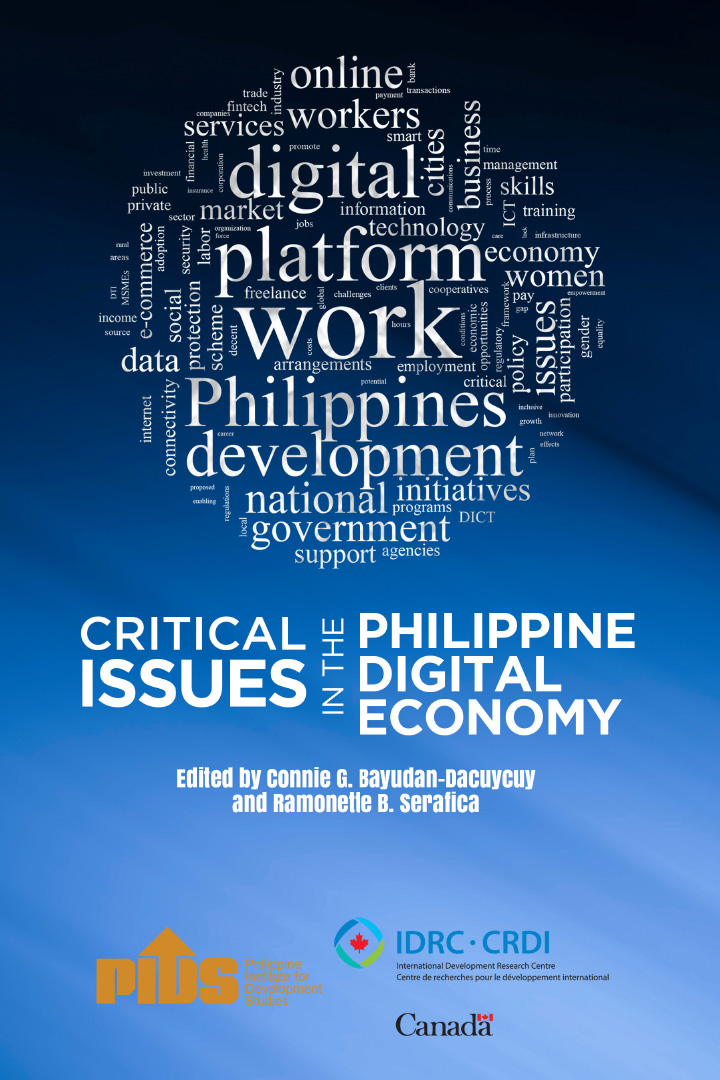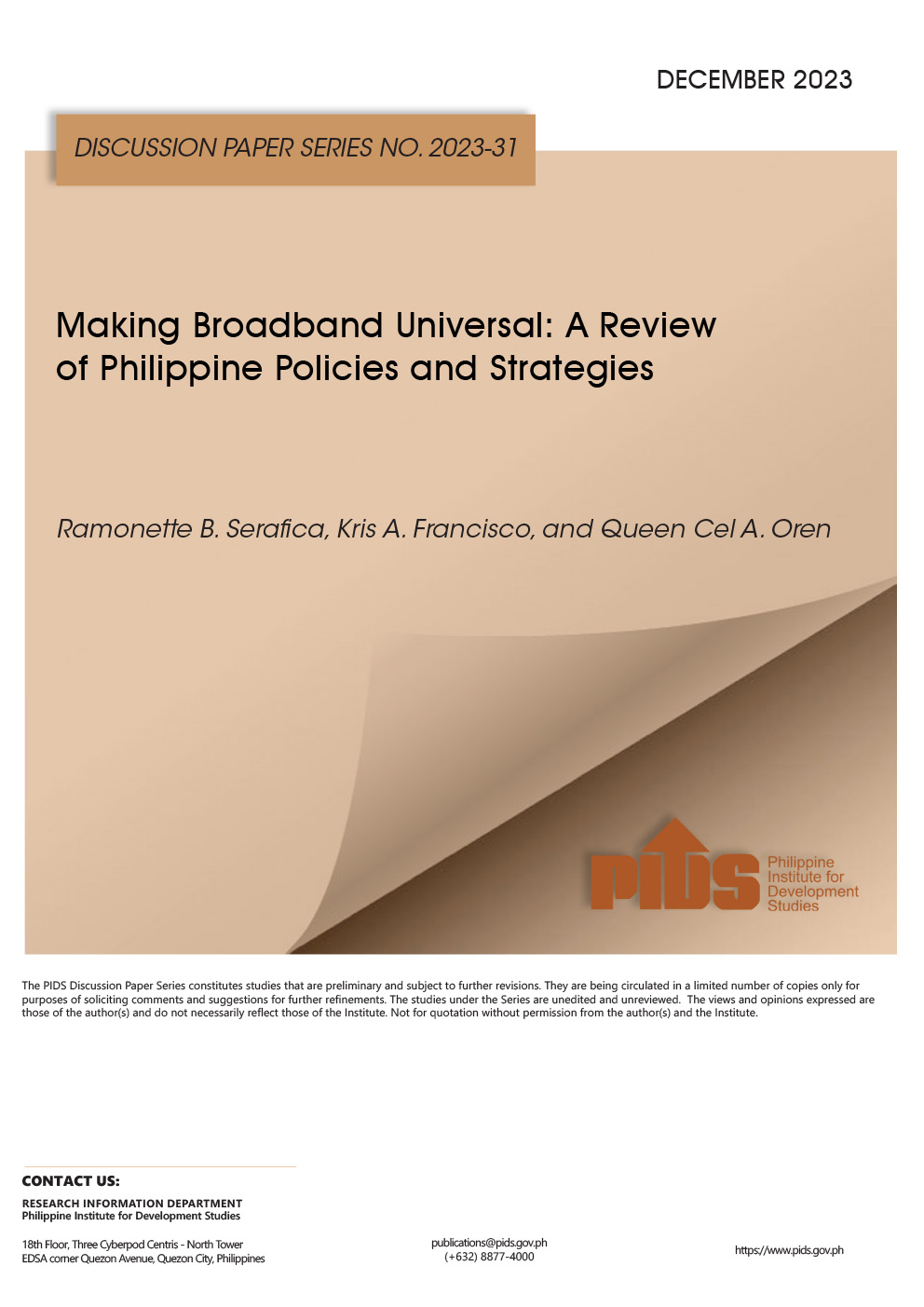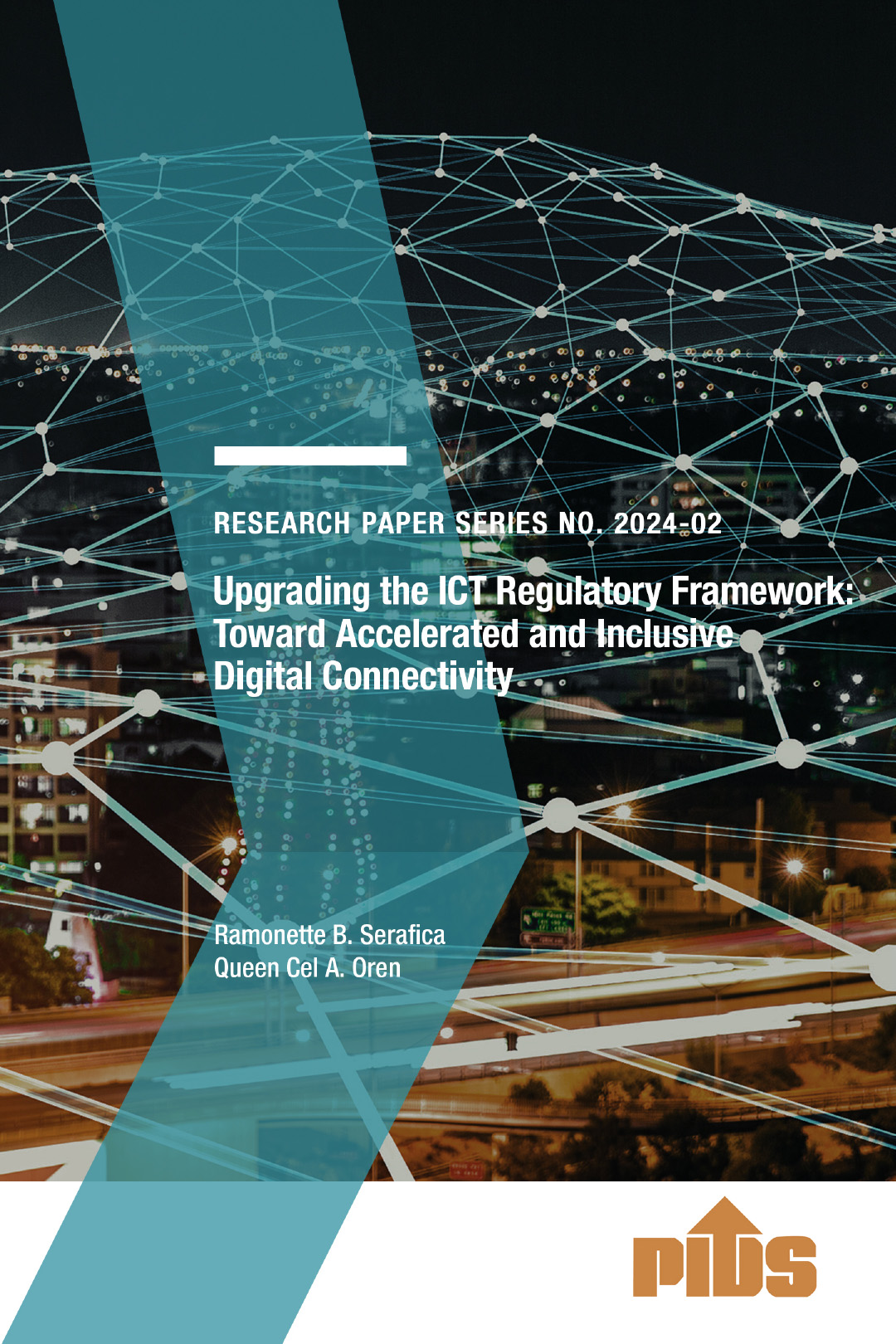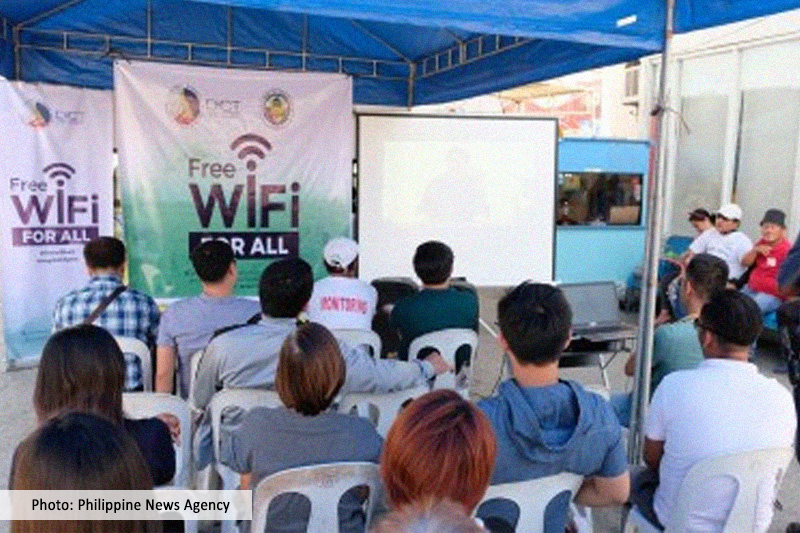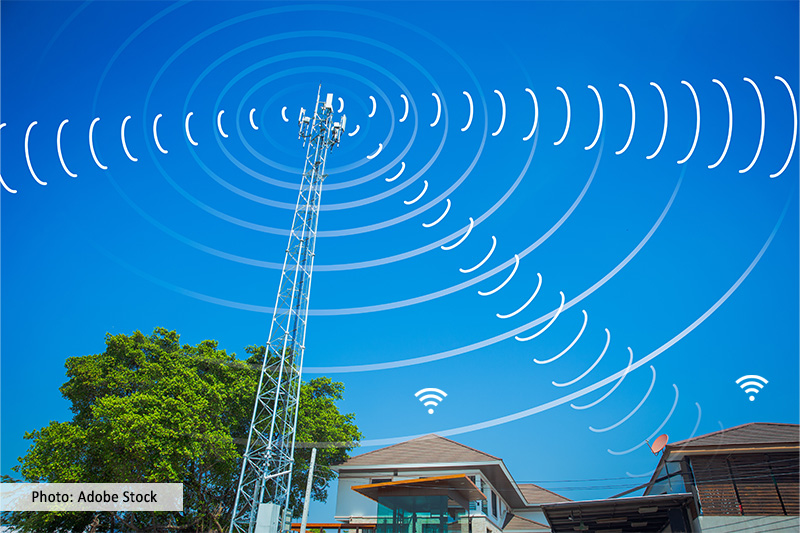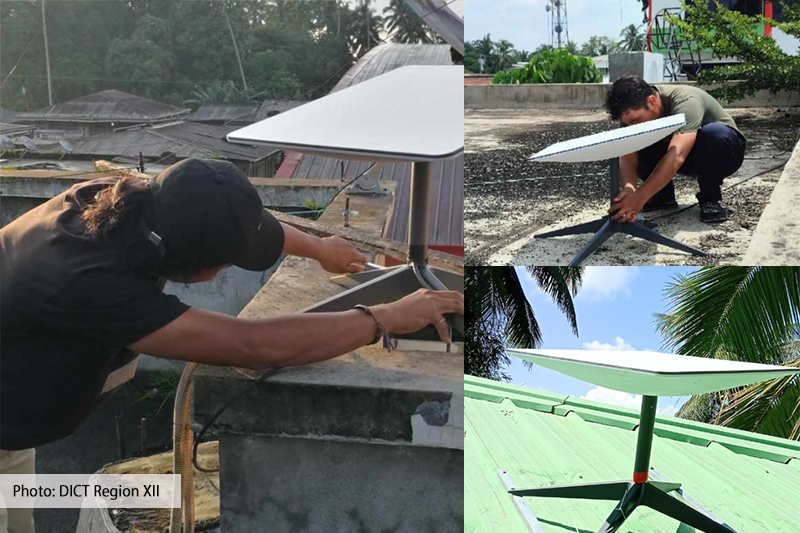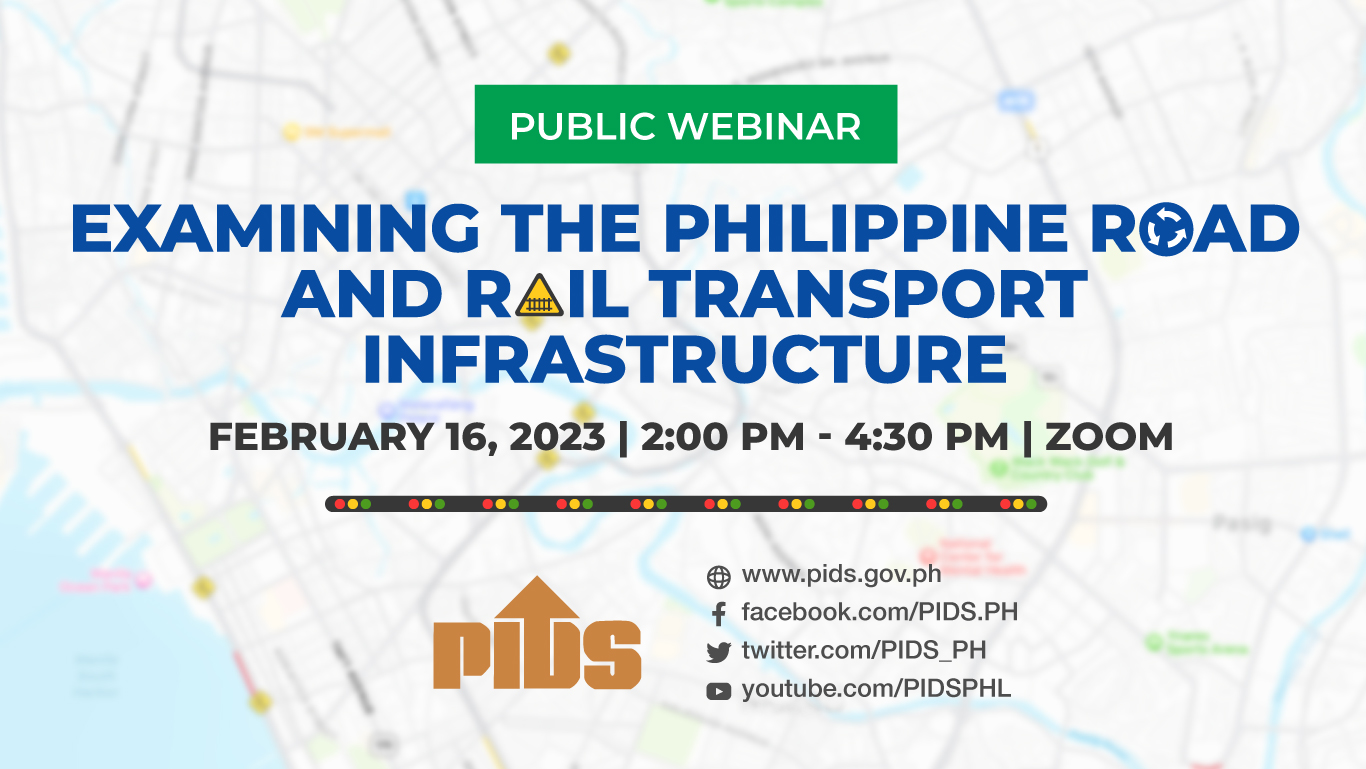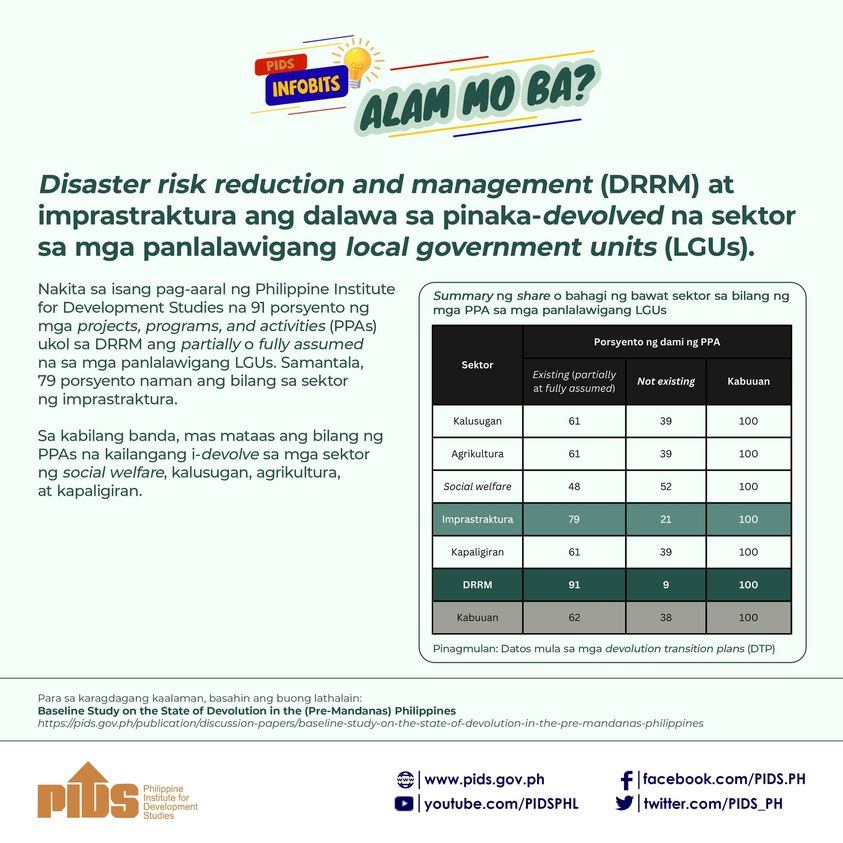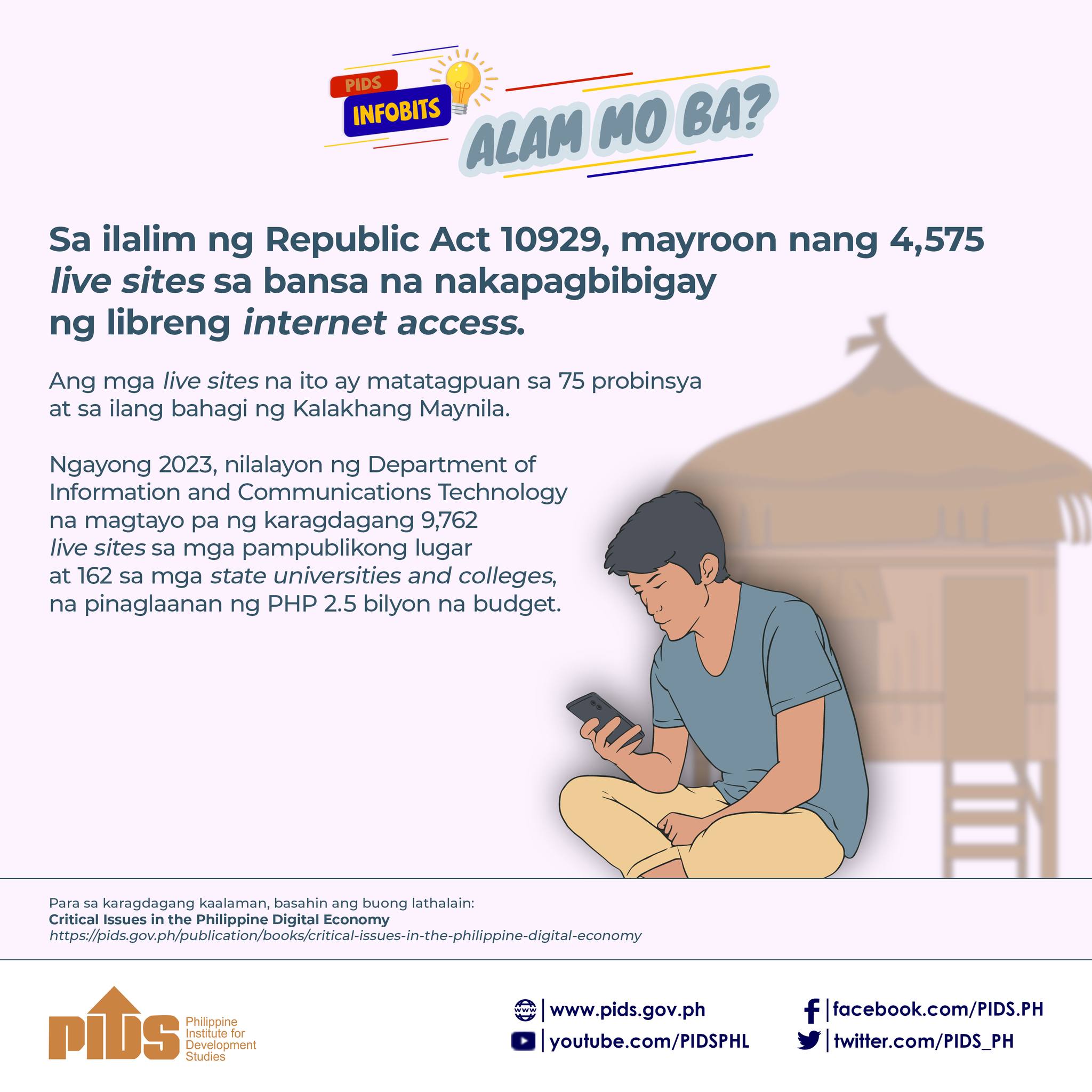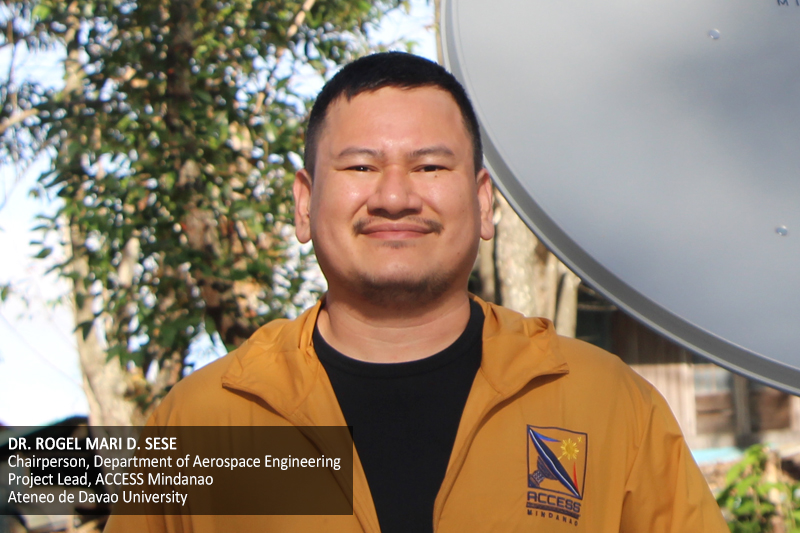
“We have to look at [internet] connectivity as a catalyst for inclusive and sustainable socioeconomic development...This can really open up opportunities in education, health, social services, and commerce.”
This was according to Rogel Mari Sese, program leader of the Ateneo de Davao Community Connectivity Empowered by Satellite Services for Mindanao or ACCESS Mindanao, during a webinar organized by state think tank Philippine Institute for Development Studies (PIDS) recently. The webinar featured the PIDS study “Expanded Data Analysis and Policy Research for National ICT Household Survey 2019”.
Sese, who served as a discussant at the virtual event, said that the country is at a stage where internet connectivity “is no longer a luxury”, but a necessity “much like electricity and water”. However, he noted the existing digital divide in the country, pointing out that there is a lack of connectivity in more than 60 percent of barangays nationwide, especially in geographically isolated and disadvantaged areas.
He explained that putting up digital infrastructure usually takes time, with economic activity as the main driver for telecommunication companies to build them.
“If there's no economic activity [in an area], you find it hard to have cell sites or digital infrastructure. But there’s a catch—we can always look at having connectivity as a driver for economic activities,” he explained.
Sese, who is also the chairperson of the Ateneo de Davao University’s (ADDU) Department of Aerospace Engineering, said that one way to address and bridge the digital divide is by utilizing existing technologies such as telecommunications satellites.
The ACCESS Mindanao program, a research and advocacy program of ADDU that started in 2020, has used satellites to connect communities, particularly schools, to the internet. There are currently 14 different sites scattered across the Mindanao region. Each site is connected to the internet using satellite technology.
“Satellites can provide a means to connect isolated islands and barangays and not just those [proximate] to urban areas,” Sese said.
The program, according to Sese, shows that people do not have to wait for months or years to be connected to the internet, emphasizing that “technology exists and it is [just] a matter of harnessing and utilizing [them].”
ACCESS Mindanao has also partnered with the Department of Information and Communications Technology to bring computers to their sites.
“Now, students, teachers, and the community can utilize the computers so that they can go online to [do] research,” Sese said.
Meanwhile, he said that developing digital infrastructure in a community would entail training and reskilling the locals.
“It's not just a matter of providing the infrastructure, but also training the people [on] how to utilize and harness that connectivity [to] improve their quality of life. We need to maximize connectivity for tele-education, telemedicine, e-commerce, and e-governance and not just for leisure, entertainment, or social media,” Sese explained. ###
You may watch the webinar at https://fb.watch/9waP228TbF/ or https://youtu.be/j6q40hWF--o.
For more videos of PIDS events, go to https://www.pids.gov.ph/videos.
This was according to Rogel Mari Sese, program leader of the Ateneo de Davao Community Connectivity Empowered by Satellite Services for Mindanao or ACCESS Mindanao, during a webinar organized by state think tank Philippine Institute for Development Studies (PIDS) recently. The webinar featured the PIDS study “Expanded Data Analysis and Policy Research for National ICT Household Survey 2019”.
Sese, who served as a discussant at the virtual event, said that the country is at a stage where internet connectivity “is no longer a luxury”, but a necessity “much like electricity and water”. However, he noted the existing digital divide in the country, pointing out that there is a lack of connectivity in more than 60 percent of barangays nationwide, especially in geographically isolated and disadvantaged areas.
He explained that putting up digital infrastructure usually takes time, with economic activity as the main driver for telecommunication companies to build them.
“If there's no economic activity [in an area], you find it hard to have cell sites or digital infrastructure. But there’s a catch—we can always look at having connectivity as a driver for economic activities,” he explained.
Sese, who is also the chairperson of the Ateneo de Davao University’s (ADDU) Department of Aerospace Engineering, said that one way to address and bridge the digital divide is by utilizing existing technologies such as telecommunications satellites.
The ACCESS Mindanao program, a research and advocacy program of ADDU that started in 2020, has used satellites to connect communities, particularly schools, to the internet. There are currently 14 different sites scattered across the Mindanao region. Each site is connected to the internet using satellite technology.
“Satellites can provide a means to connect isolated islands and barangays and not just those [proximate] to urban areas,” Sese said.
The program, according to Sese, shows that people do not have to wait for months or years to be connected to the internet, emphasizing that “technology exists and it is [just] a matter of harnessing and utilizing [them].”
ACCESS Mindanao has also partnered with the Department of Information and Communications Technology to bring computers to their sites.
“Now, students, teachers, and the community can utilize the computers so that they can go online to [do] research,” Sese said.
Meanwhile, he said that developing digital infrastructure in a community would entail training and reskilling the locals.
“It's not just a matter of providing the infrastructure, but also training the people [on] how to utilize and harness that connectivity [to] improve their quality of life. We need to maximize connectivity for tele-education, telemedicine, e-commerce, and e-governance and not just for leisure, entertainment, or social media,” Sese explained. ###
You may watch the webinar at https://fb.watch/9waP228TbF/ or https://youtu.be/j6q40hWF--o.
For more videos of PIDS events, go to https://www.pids.gov.ph/videos.

